HTC One M9 vs Google Nexus 6
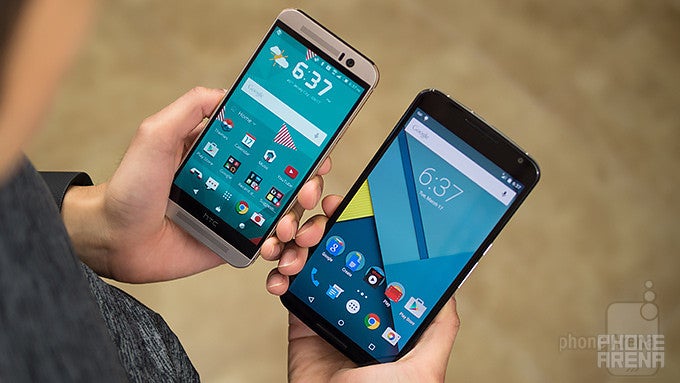
Introduction
You don't mess with a winning formula, wise people say, and some will point out that HTC's brand-new One M9 flagship is a testament to that. But the underlying decision-making that brought us the M9 is a bit more complicated than that. A bit, not a lot.
The One M9, then, features the same distinguished metallic unibody design with front-facing BoomSound loudspeakers that won our hearts before becoming synonymous with the series, but improves upon its predecessors in controversial areas such as the camera and even adds some extra smarts to the proprietary Sense interface. The rest, however, mostly boils down to the typical for the industry specs bump – a little more RAM here, and a few more processor cores there.
Is that enough for the One M9 to turn HTC's fortunes around and are veteran devices to worry? We let the Google Nexus 6 answer that question for us.
Design
The unquestionably stylish pick, the One M9 makes short work of the far more conservative, bulky Nexus 6.
Few things are as characteristic of HTC as the design philosophy that serves as the foundation of the flagship One line. But if you thought that last year's One M8 was a disappointingly minor update over the 2013 One M7, then you likely won't appreciate the even smaller differences in the brush work with the M9. Indeed, by far the most visible change is the substitution of the round camera ring of old with a square cutout.
And yet, we're still looking at an undeniably stylish, sturdy metal unibody that is a delight to hold onto. Not at all surprisingly, it's also a worthy – even superior – design piece when compared with the Nexus 6.
But the Motorola-built Google Nexus 6 is no sissy itself. Sure, its matte plastic back can't stand up to the M9's in terms of the materials used, the feel it leaves in the hand, and even the success with which it repels fingerprints – the Nexus 6's back smudges awfully easy – but it does feature a dependable metal frame. In fact, were it not the One M9's exceptional construction, we'd likely rave about its build quality. But when you have HTC's finest in your other hand, this feels a little less important to communicate.
But good-looking design doesn't necessarily translate into great ergonomics. Thankfully for HTC, the One M9 sits far more comfortably in our palm, and mostly on account of its notably smaller physical footprint and aggressively rounded rear. Indeed, courtesy of its larger display, the Nexus 6 is both considerably taller and wider, making for a shaky ride as far as one-handed usage is concerned. At 6.49 oz (184 g) and 0.4 inches (10.06 mm), Google's Nexus 6 is also heavier and even slightly thicker than the One M9, which tips the scales at 5.54 oz (157 g) and features a 0.38 inches-thick (9.61 mm) profile.
Display
HTC shuns the 'more is always better' philosophy by refusing to jump on the Quad HD display bandwagon.
HTC and Google seem to differ in their view of what an appropriate display size means for their respective flagship devices – at 5 inches, the One M9 offers a great deal less screen real estate when compared with the 6-incher of the Nexus 6. That's not all, however, as the Nexus 6's AMOLED panel is also more pixel-dense and offers a resolution of 1440 x 2560 (493 ppi) – a considerable lead on the One M9's 1080 x 1920 pixel resolution S-LCD3 display (441 ppi). Thankfully for HTC, this ostensible advantage of Google's handset doesn't really mean much in reality, as the human eye has a pretty impossible task spotting any differences in image sharpness. What's more, HTC's more conservative approach translates into less overhead in terms of performance.
When it comes to the color calibration of the two screens, we have a somewhat similar back-and-forth. The One M9's display, then, comes with a color temperature of 8114K (6500K being optimal), which is overly cold (bluish), and doesn't hit the nail on the head quite like the Nexus 6's, which has an excellent temperature of 6551K. Moreover, the One M9 also fares rather poorly in terms of color accuracy, as its panel renders hues with non-trivial deviations. So red is less red at every intensity, yellows are greenish, and magenta leans heavily on blue. In comparison, the also imperfect display of the Nexus 6 fares far better and delivers a more life-like image.
A saving grace for the M9 are its screen's significantly better maximum brightness output (508 nits vs just 270 nits) and excellent gamma (2.21 vs 1.94). The One M9 also offers a dedicated gloves mode that allows you to operate its screen even with your mittens on – a welcome extra for the cold months of the year, and one the Nexus 6 is without.
Interface and functionality
No hogwash. Both devices offer a minimalist interface that is all about speed.
Manufacturer-made Android skins are nothing new, but when it comes to it, we've always appreciated HTC's light touch. Its Sense UI is minimal, straightforward, and down to the point, and that didn't change with the transition to the Android 5.0.2 Lollipop-based Sense 7.0, which debuted with the One M9. It's not in any way a departure from what we've come to expect from HTC's layout, but instead builds upon it and adds a few noteworthy features.
For starters, the Home screen of the M9 now features a dynamic apps folder that will automatically switch its contents depending on whether you're working or at home. HTC's dedicated BlinkFeed pane will now also serve lunch recommendations when the time is right, and even push them to your lock screen. Perhaps most notably, however, HTC is adding comprehensive support for theming, so you have a wide array of choices available to you, not to mention that you can even create a theme yourself and use it after.
But there's an upside to vanilla Android on the Nexus 6, and its name is speed. Speed in terms of both navigational performance and timely updates to the latest firmware. Indeed, unlike manufacturers who need months to squash out bugs from new builds, the Nexus 6 is among the very first devices on the planet to get the new stuff. For some, that last part is all there is to talk about when choosing a device, and we get it.
Processor and memory
Benchmarks are unanimous – the One M9 packs the bigger guns.
Neither HTC nor Google held back when it was time to choose the type of hardware that will power their respective flagship. As is to be expected, however, due to being released more recently, the One M9 packs superior silicon.
We're talking about the 64-bit, octa-core Snapdragon 810 – Qualcomm's latest and hottest (literally, too). The chip puts together two clusters of four cores (ARM Cortex A57 and A53, respectively) in a big.LITTLE config, and pairs them with potent Adreno 430 graphics and 3GB of LPDDR4 RAM. In comparison, the Nexus 6 makes use of the Qualcomm's previous hard-hitter, the quad-core Snapdragon 805 with Krait 450 CPUs and an Adreno 420 GPU. Google's phablet also touts 3 gigs of RAM, but is using slower and less power-efficient LPDDR3 chips, again giving the edge to the One M9.
Objectively, it's hard arguing that the One M9 packs the bigger guns and synthetic benchmarks reflect that. However, it should be pointed out that virtually no task that can be thrown at the Nexus 6 will ever make it struggle, and that is likely to be the case for many months to come.
In terms of storage, the Nexus 6 has a hand over the M9, as it can be bought in 32GB and 64GB flavors, while the latter is limited to the smaller option only. On the other hand, HTC's handset does offer a microSD card slot, so you can expand beyond that easily, and more cheaply.
Internet and connectivity
Fat connectivity stacks with both these flagships.
Like other manufacturers as of late, HTC has ditched its own 'Internet' browser app and has now moved to Google's Chrome full-time, same as the Nexus 6. With powerful chipsets driving both devices, Chrome ensures top notch, lag-free experience that leaves little to desire. Extra features, however, aren't its strongest suite, so some of you might want to consider picking an alternative off the Play Store.
As for the connectivity stack, again – neither device disappoints. We've got LTE support over a comfortable number of bands with both devices, Bluetooth 4.1, 5GHz Wi-Fi, NFC, support for TV-out technologies like MHL and SlimPort (Nexus 6 only), and even an infrared blaster for control over home electronics with the One M9.
Camera
HTC finally gave up on the inferior UltraPixel tech, but now it's obviously outside of its comfort zone. This makes its 20-megapixel snapper an easy meal for the optically stabilized, 13-megapixel camera of the Nexus 6.
For what felt like ages, HTC was adamant about its decision not to participate in the so-called megapixel wars that every other Android maker was part of. Instead of banking on extra resolution, the company focused on pixel size, claiming that that is how smartphone cameras should be done.
Now, whether HTC caved because of the mass market's dissatisfaction with the significantly smaller images that previous One flagships delivered, or because it finally realized that it was packing an objectively inferior shooter, the company is finally in. With the One M9, we're now looking at a 20-megapixel shooter with f/2.2, 27.8mm lens and a dual LED flash – a significant step-up from the One M8 on paper. In Google's camp, we've got a more standard, 13-megapixel camera with wider, f/2.0, 28mm lens, a ring flash with two LEDs., and an optical stabilization mechanism. Up at the front, with the One M9 we've got a 4-megapixel UltraPixel camera with f/2.0 lens, while Google went for something more budget-friendly – an unimpressive, 2-megapixel selfie snapper.
So let's talk camera apps. With the One M9, we have far and away the more powerful solution, with numerous shooting modes, filters, and general photo-editing features included. Most notably, we've got the typical stack – panorama mode, HDR, and Night – but also a Bokeh mode and a powerful Manual mode with controls for ISO, shutter speed, and focus. With the Nexus 6, we're only looking at panorama, HDR, Lens Blur (alike HTC's Bokeh), and Photo Sphere (360-degree panoramas). From a usability standpoint, we can't complain about either – both layouts are good enough and well spaced-out for your fingers to work them, but HTC's solution can get a bit messy at times.
But let's talk about the part we all care about the most: image quality. The first major difference between the two shooters that you're bound to notice are the contrasting aspect ratio in which the two snap pictures in – 10:7 with the One M9, and 4:3 with the Nexus 6. But that's far from where the dissimilarities end.
For starters, it's impossible not to appreciate just how much sharper details appear with the Nexus 6 under any kind of lightning conditions. In comparison, the considerably softer snaps captured by the One M9 are pushing it a bit too far – enough, at least, to obscure finer parts of the scene. Indeed, despite its superiority in resolution, the M9 actually trails the detail depth offered by its rival.
Indoors, the gap between the two isn't so big, but it's still evident that the Nexus 6 manages to produce sharper visuals, while color reproduction is almost identical with the two.
As for poorly lit environments, it's the one area where the Nexus 6 snatches an easy win. The fact that the unit is optically stabilized has a lot to do with that, as it allows the phablet to drop to slower shutter speeds and expose longer, usually without introducing significant levels of blur. In contrast, the One M9's snaps are exactly the opposite – muddy and sometimes incredibly noisy due to the cranked-up ISO. Overall, the Nexus 6's snaps come out a darker-looking than those of the One M9, but probably a bit more life-like than those of the One M9, which tries to boost brightness and colors too hard.
Lastly, let's talk video. Starting off with the standard, 1080p option, we immediately have enough to crown the Nexus 6 an undisputed winner in both broad daylight and during the night. Its superiority can be broken down in several parts – an OIS gizmo that allows for smooth, non-jerky footage, considerably better detail and less noise, and more accurate color tones overall. As for 4K UHD capture, we've got a more even race, though we'd still take the Nexus 6's optically stabilized footage over that produced by the One M9.
Multimedia
If you can be bothered to lug it around, the phablet-sized screen of the Nexus 6 and loud stereo speakers give it a small advantage over the similarly excellent One M9.
Both the One M9 and the Nexus 6 qualify as decent choices for media consumption on the go, but we have to give it to the latter – its larger screen is better suited for the task.
Indeed, watching video on a 6-inch panel isn't quite as bad as you might think, especially considering that you likely have 40-inch plus flatscreen at home. The difference here, however, is that you'll typically be finding yourself using the Nexus 6 just inches away from your face. Obviously, the One M9 can do everything the Nexus 6 can in this regard, but its 5-inch display isn't quite as movie-friendly.
In terms of the apps the two rely on, we're looking at markedly different approaches. As is typical with vanilla Android, the Nexus 6 is mostly limited to the basics, with few extras making an appearance in places like the gallery, while the One M9 is chock-full of those. If you dig feature-rich default solutions, however, do keep in mind that the rest of the multimedia app stack – like video and music players – aren't quite so full of perks.
Turning to audio reproduction, you might be surprised to hear that the One M9's duo of front-firing stereo speakers with HTC BoomSound tech aren't quite as loud as the supposedly less fancy stereo duo present on the Nexus 6's front (72.7 vs 75 dB).
Call quality
One M9 continues HTC's history of great call quality, leaving the Nexus 6 in the dust.
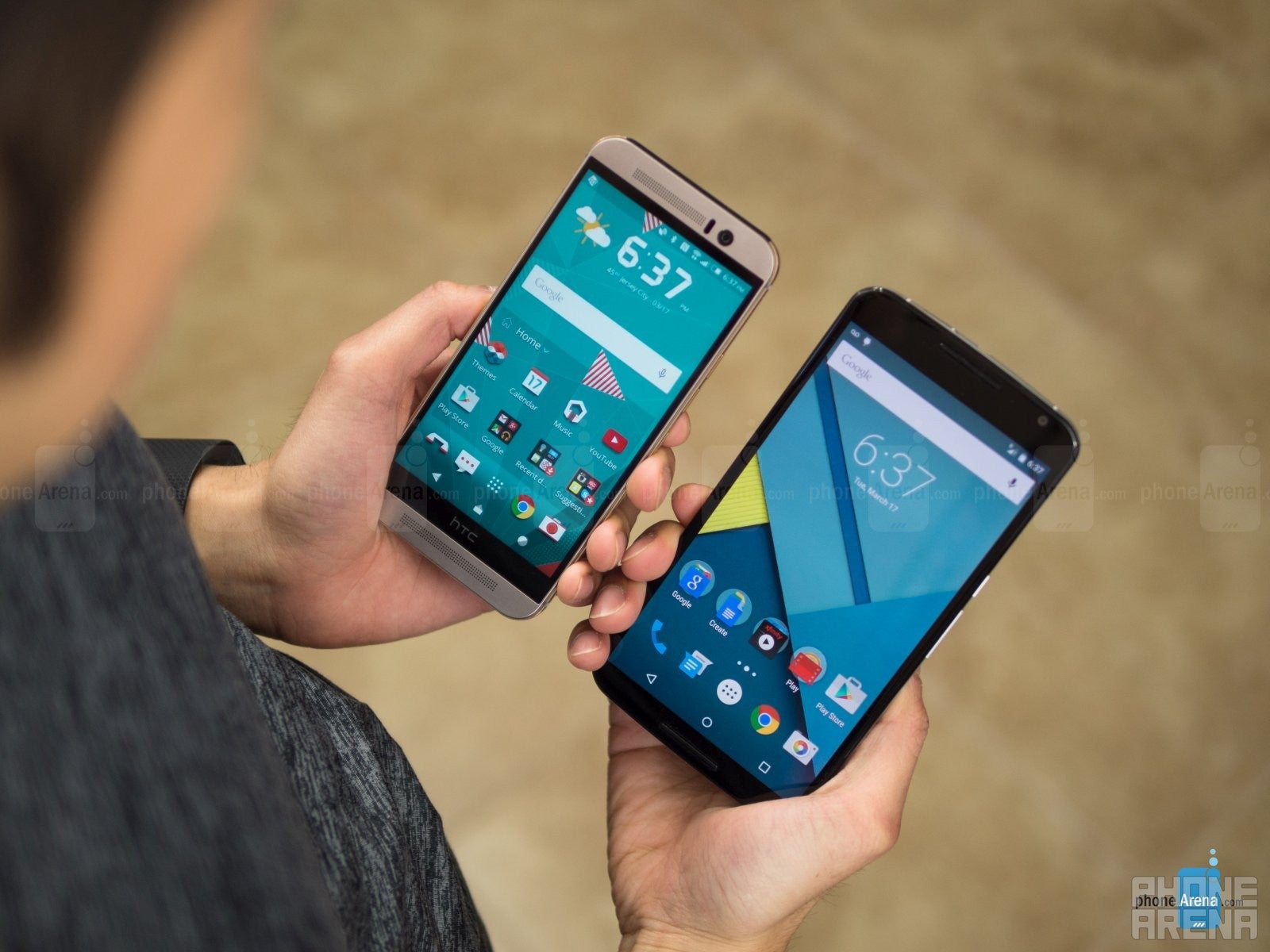
With the Nexus 6, things are quite different, as we're looking at an average performer. The strength of the volume coming out of the earpiece is decent enough, but the voices that reach our ears sound far less impressive due to sound artifacts. On the other end, the phablet's microphone fares slightly better, and callers claim crisp reproduction of our voice.
Battery life
Disappointing showing for the One M9.

Neither of the two devices are chart-toppers, but the Nexus 6 fares far better in our grueling custom battery life test. With a score of 7 hours and 53 minutes, the phablet outdoes HTC's flagship, which clocked 6 hours and 25 minutes, and significantly. Considering its predecessor, the One M8, managed 7 hours 12 minutes with a smaller cell, one has to wonder if Qualcomm's controversial Snapdragon 810 is to blame.
Conclusion
The verdict? We're tempted to say the Nexus 6 had an easy time, but the reality is that so long as aesthetics guide consumers' purchasing decisions, HTC's One line will continue resonating well with buyers. In such a scenario, Google's device strikes us as the more logical pick for the power user crowd, especially the phablet-loving part of it, but not necessarily the masses' favorite.
But does that make the HTC One M9 just a pretty face? Not at all – it's a full-fledged, flagship smartphone that is worthy of heading the company's portfolio. As importantly, unlike other 'design pieces' on the market, the One M9 actually communicates sturdiness and reliability and does not at all feel like a glass cannon.
In conclusion, if you're having second thoughts about the size or looks of the Nexus 6, the One M9 will strike you as the better deal, regardless of its relative weaknesses.
Follow us on Google News

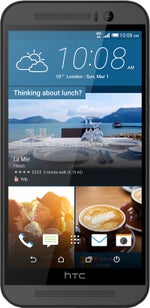












![Some T-Mobile users might be paying more starting in March [UPDATED]](https://m-cdn.phonearena.com/images/article/176781-wide-two_350/Some-T-Mobile-users-might-be-paying-more-starting-in-March-UPDATED.webp)





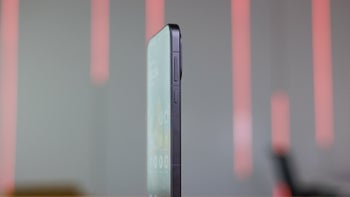
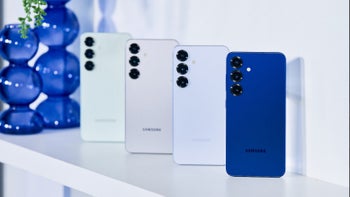

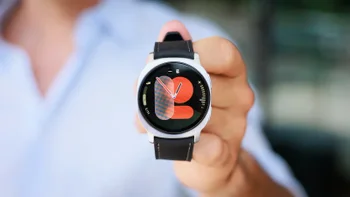
Things that are NOT allowed:
To help keep our community safe and free from spam, we apply temporary limits to newly created accounts: